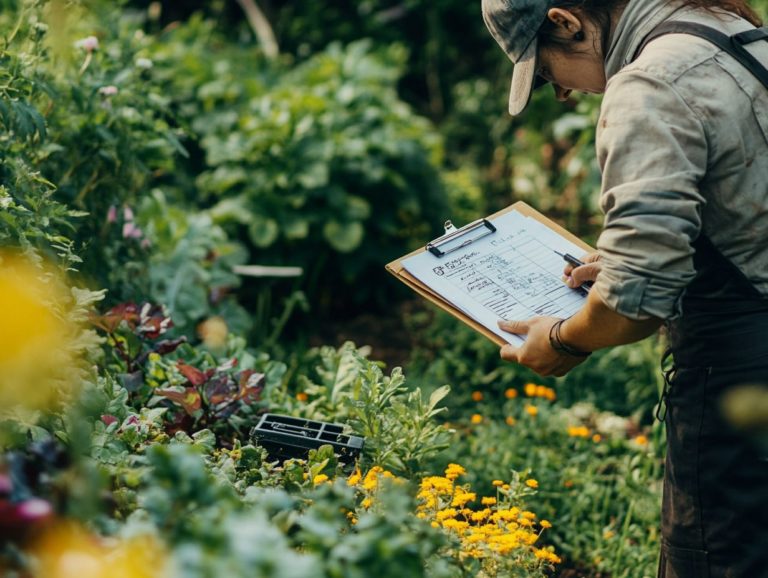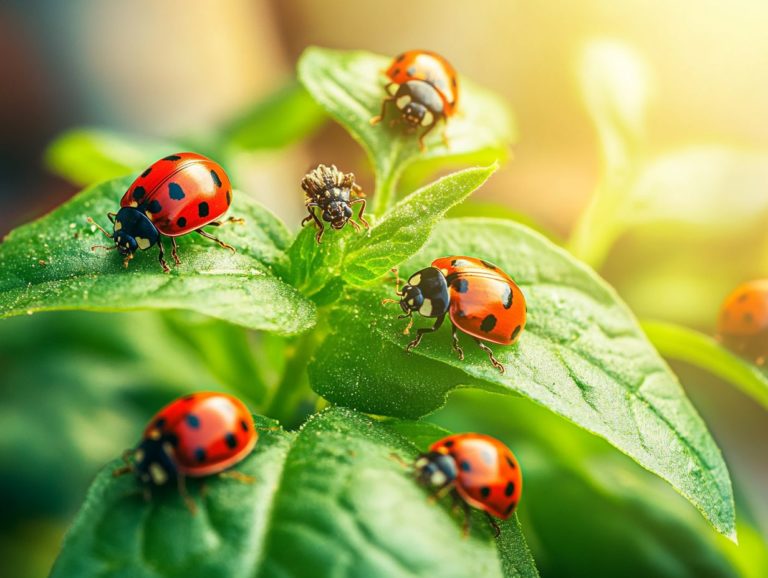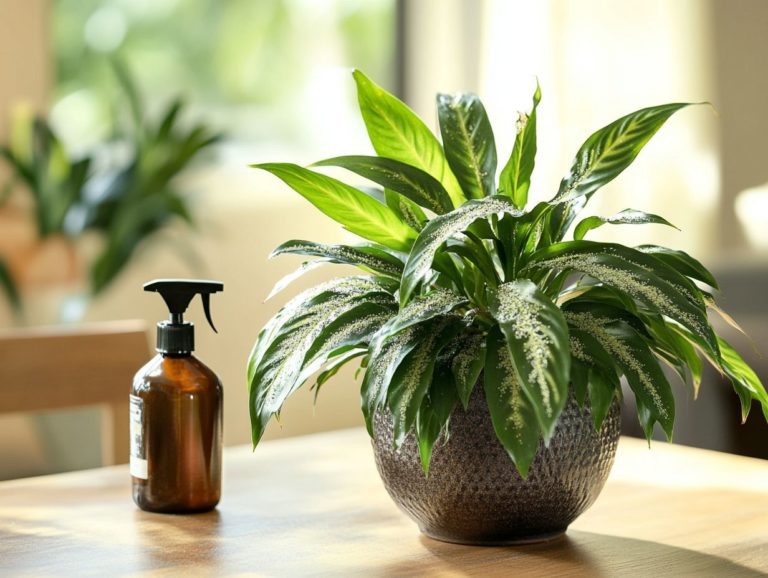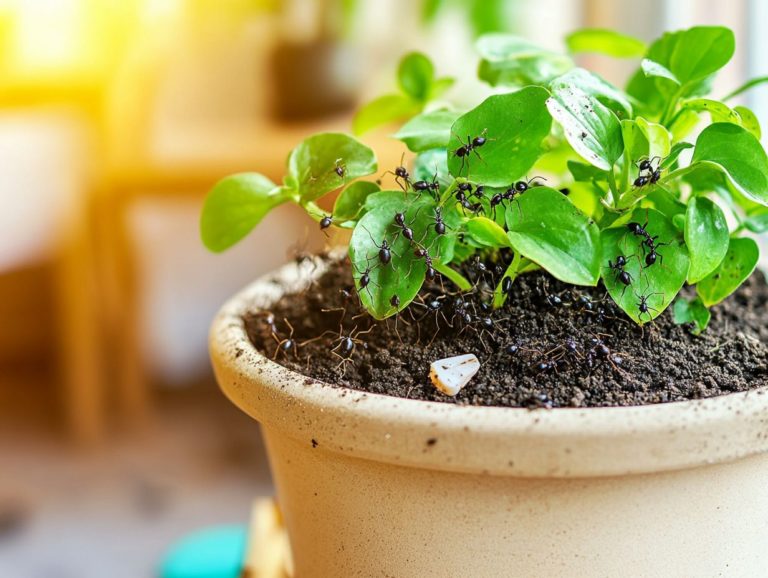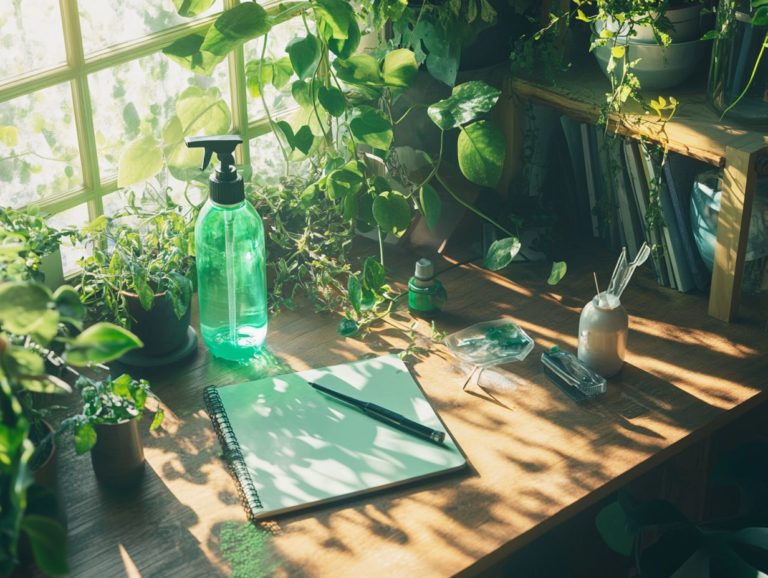The Best Times for Indoor Pest Inspections
Indoor pest inspections are essential for preserving a safe and healthy home environment and effective pest management. Pests can present significant risks, ranging from property damage to the spread of diseases. Knowing when and how to conduct these inspections, especially during the best time for pest control, empowers you to stay ahead of potential infestations.
This guide emphasizes why indoor pest inspections matter, outlines ideal frequencies for regular inspections, considers seasonal threats, and details what you can expect during the process. By taking action on pest prevention, you can ensure your home remains pest-free and impeccably maintained.
Contents
- Key Takeaways:
- Why Indoor Pest Inspections are Important
- Recommended Frequency for Indoor Pest Inspections
- Best Seasons for Indoor Pest Inspections
- Signs of Pest Infestation
- Preparing for an Indoor Pest Inspection
- What to Expect During an Indoor Pest Inspection
- Following Up After an Indoor Pest Inspection
- Frequently Asked Questions
- When is the best time to schedule an indoor pest inspection?
- Are there specific times of day that are better for indoor pest inspections?
- How often should I schedule an indoor pest inspection?
- Is there a certain type of weather that is best for indoor pest inspections?
- Can I perform my own indoor pest inspection?
- What can I do to prepare for an upcoming indoor pest inspection?
Key Takeaways:
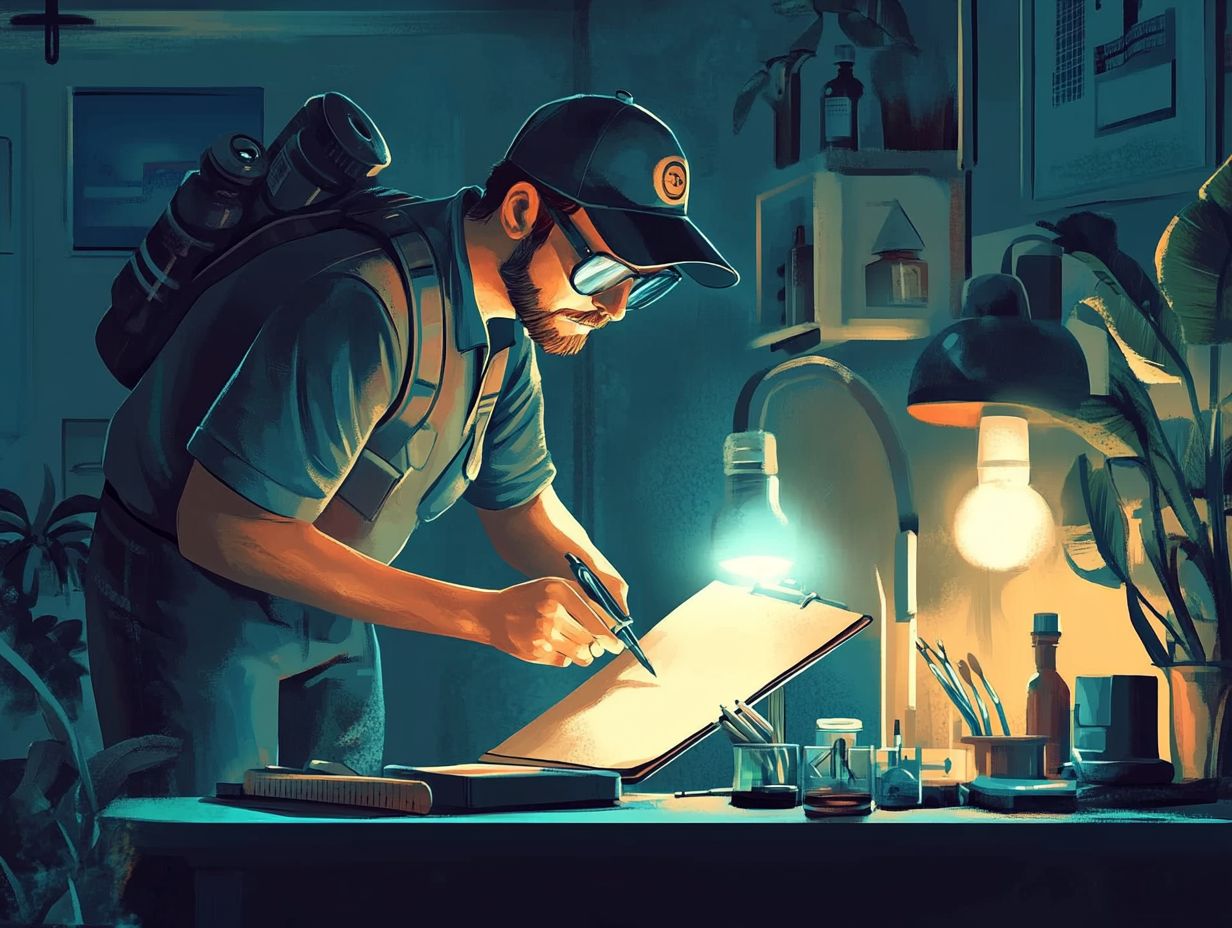
- Regular indoor pest inspections are your best defense against pests and protect your health and property.
- The recommended frequency for indoor pest inspections depends on factors like climate, location, and past pest issues.
- The best times for indoor pest inspections are usually in early spring and fall, when weather conditions favor pest activity and treatments are most effective.
Why Indoor Pest Inspections are Important
Indoor pest inspections play a crucial role in safeguarding your living environment. They help you identify potential pest infestations before they become significant problems that could undermine the comfort of your home, especially with common pests like termites and cockroaches.
Recognizing the importance of these inspections allows you to take action on pest management, which is a critical part of effective pest control. This means ensuring your home stays free from common pests like termites, ants, spiders, and mosquitoes creatures that not only cause damage but also pose health risks to everyone inside.
The Dangers of Pests in Your Home
Pests like termites, ants, spiders, mosquitoes, cockroaches, and rodents pose significant threats to your home and can lead to costly pest control services if not managed properly. They can inflict physical damage to your property and jeopardize the health and well-being of everyone inside.
- Termites can silently feast on wooden beams, compromising the strength of your home s structure.
- Rodents can chew through electrical wires, creating fire hazards.
- Mosquitoes are known for transmitting diseases like West Nile virus and Zika.
- Cockroaches can trigger allergic reactions and asthma attacks.
It s essential to recognize the early signs of infestation, such as droppings or gnaw marks. By addressing these issues promptly, you can prevent severe infestations that lead to expensive repairs and serious health concerns. Effective pest control, including regular inspections, is not just a choice; it s a necessity for maintaining a safe and healthy home environment.
Recommended Frequency for Indoor Pest Inspections
To effectively manage pest infestations in your home, consider scheduling regular indoor pest inspections at least once each season, especially during the best time to treat pests. This proactive approach helps pest control experts identify and address potential issues before they escalate into significant threats, enhancing pest prevention efforts.
By taking this step, you can maintain a pest-free environment and safeguard your living space.
Factors to Consider
Several factors shape the frequency and necessity of indoor pest inspections, including the local climate, the age of your residential building, and any previous pest infestations.
The specific characteristics of your property, such as its proximity to wooded areas or water sources, can heighten pest challenges. Understanding this is crucial in areas like Orange County and Greater Cincinnati. Different environments host unique pests, requiring varied approaches for effective management.
If you live in a humid region, you might encounter threats from termites and mold. Properties near agricultural zones may need diligent measures against rodents and insects.
Recognizing these dynamic factors underlines the importance of tailored pest management strategies. Effective pest control services ensure successful outcomes by giving each property type the appropriate level of attention and expertise to mitigate potential risks.
Best Seasons for Indoor Pest Inspections
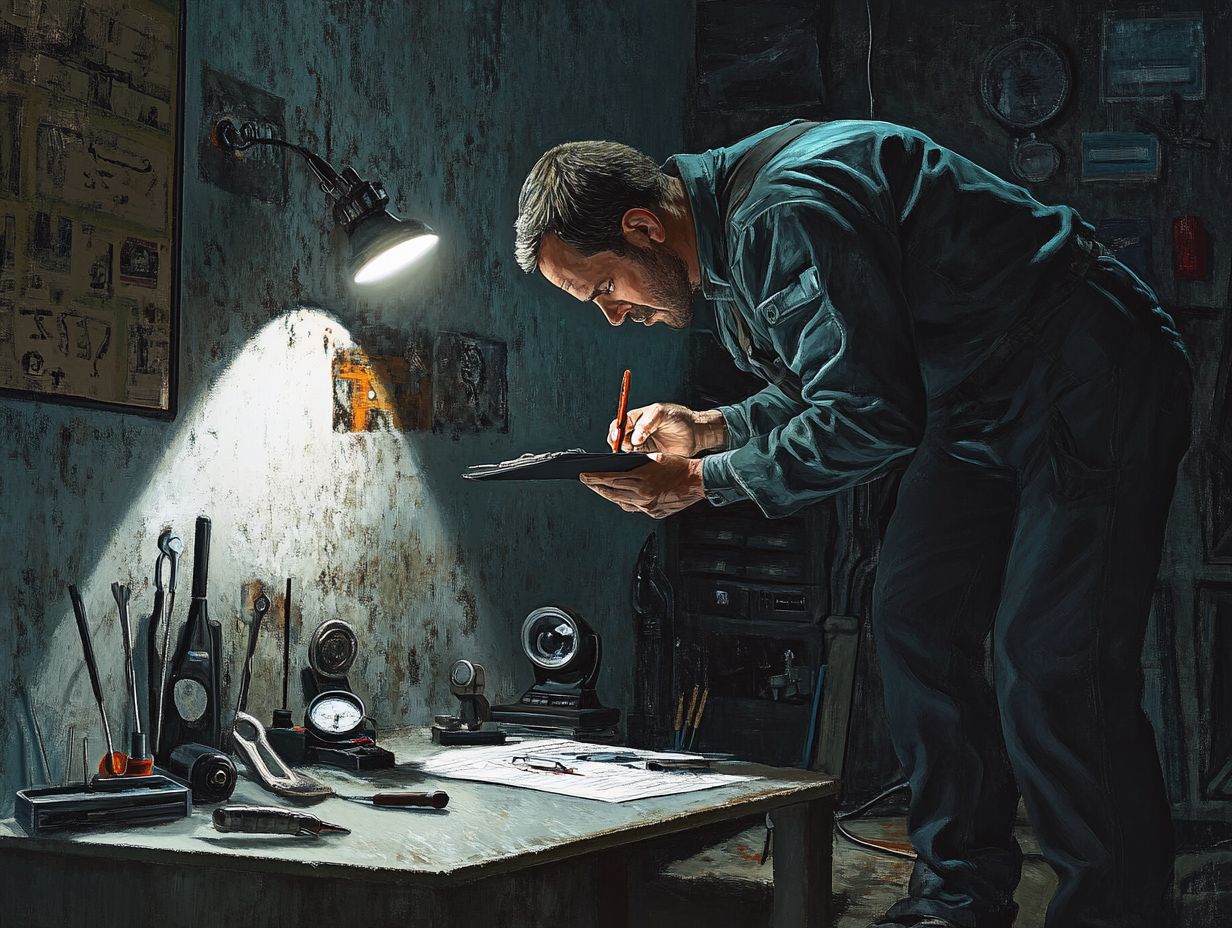
The optimal time for conducting indoor pest inspections coincides with seasonal shifts, particularly in early spring. This is when pests start becoming active again after their hibernation, the period when pests are inactive during cold weather. It’s essential to evaluate your home for any signs of infestation.
Act now to protect your home from pest threats! Taking proactive measures at this stage can safeguard your space and prevent larger issues down the line.
Weather and Pest Activity
Weather conditions significantly influence pest activity. Fluctuations in temperature and humidity can directly affect pest behavior, leading to increased pest infestations.
When analyzing these variations, it’s clear that warmer temperatures can accelerate the life cycles of many pests, leading to increased reproduction rates and necessitating regular inspections. Elevated humidity levels create a more inviting environment for various insects, such as mosquitoes and cockroaches, amplifying their presence in urban settings.
By tracking these weather patterns, pest control services can proactively adjust their strategies. This allows for efficient application of treatments and anticipation of high-risk periods for outbreaks. This understanding not only optimizes pest control efforts but also minimizes the environmental impact of interventions, ultimately fostering a healthier ecosystem and benefiting local communities in Northern Kentucky.
Signs of Pest Infestation
Recognizing the early signs of pest infestations is essential for effective pest control measures. Staying vigilant can help you avert more serious issues like property damage and health risks posed by pests such as termites, rodents, and various insects, including cockroaches.
Protect your home and well-being by being aware of these unwelcome intruders. Stay alert and act swiftly to maintain a pest-free environment.
Identifying and Addressing Pest Problems
To effectively tackle pest issues, you must first identify the type and source of the infestation be it termites lurking in the walls or rodents scurrying in the attic. Develop suitable pest control plans to address them. This clarity allows for precise and effective pest control measures, ensuring that your pest control technician can take appropriate action.
Understanding the behaviors and habitats of these unwelcome visitors is crucial for developing effective pest management strategies. Start by inspecting common entry points like cracks in your foundation, gaps around windows, and any holes in your walls, as these are often where pests start to invade. Noticing droppings or gnaw marks can offer valuable clues about which pests have invaded your space.
Once you ve identified the pests, you can implement suitable pest management strategies. This may range from sealing those entry points to deploying traps or baits, ensuring that food sources are removed to deter further infestations.
For more severe infestations, you may find it necessary to enlist professional residential pest control services like ScherZinger Pest Control or Pest Pros. They ensure complete eradication and lasting prevention, giving you peace of mind in your home.
Preparing for an Indoor Pest Inspection
Preparing for an indoor pest inspection requires you to take several essential steps to ensure a thorough and effective process that addresses any potential pest control issues before the technician arrives. This preparation allows pest control technicians to conduct their evaluations seamlessly, without any hindrances.
Steps to Take Before the Inspection
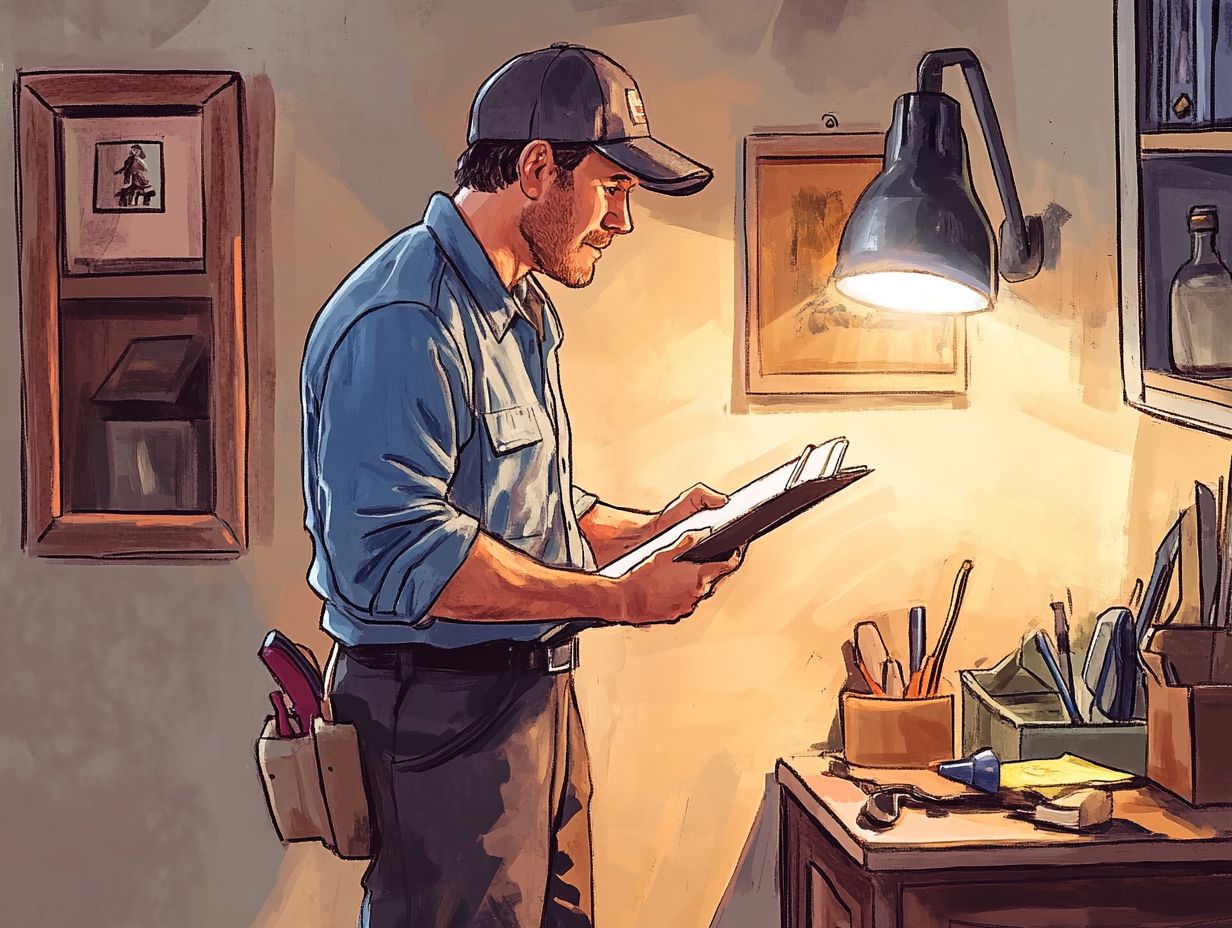
Before your indoor pest inspection, it s wise to take a few preparatory steps. Start by removing items from common entry points and securing your pets to ensure a thorough and efficient evaluation, especially in areas known for pest infestations.
It s essential to tidy up areas where pests might be lurking think behind appliances, under sinks, and in cluttered corners to enhance your pest control efforts. Clearing these spaces not only aids inspectors in their detailed examination but also helps them identify any potential problem areas more effectively.
By ensuring that pest control experts have unobstructed access to critical locations like attics, basements, and crawl spaces, you enhance the overall quality of the inspection and improve the effectiveness of pest control measures. Consider cleaning out closets and storage areas that could harbor pests; this proactive approach may uncover hidden signs of infestations, giving you peace of mind in the long run.
What to Expect During an Indoor Pest Inspection
Get ready for a thorough check-up! During an indoor pest inspection, you can anticipate a careful check-up conducted by a skilled pest control technician with extensive knowledge of pest management techniques. They will carefully assess your property for signs of pest infestations, identify potential entry points, and pinpoint areas that demand immediate attention, ensuring that treatment lasts and protects your home.
Process and Procedures
The pest control inspection process is a meticulous journey that involves systematic procedures, including visual assessments, the use of monitoring tools, and engaging conversations with homeowners about past pest activity.
These steps are essential for pinpointing the specific pests that may be present. Technicians typically begin with a comprehensive examination of your premises, scrutinizing entry points, nests, and any signs of infestation. They may employ specialized equipment, such as moisture meters that detect damp areas, which can attract pests, and traps to gather critical data that bolsters their findings.
Engaging in conversations with you offers valuable insights into pest behaviors and potential hiding spots. This information enables technicians to devise a customized pest management plan that not only addresses immediate concerns but also lays the groundwork for long-term prevention strategies.
Don t wait act now to protect your home! Contact a professional today to ensure your home stays pest-free!
Following Up After an Indoor Pest Inspection
Following up after an indoor pest inspection is essential to ensure that any identified issues are addressed swiftly. Taking action now resolves current pest issues and sets up smart strategies to keep pests away in the future.
Next Steps and Maintenance Tips
After you finish your indoor pest inspection, it s crucial to outline the next steps for effective pest management. This includes exploring treatment options and maintenance tips designed to protect your home from future infestations.
You have a range of treatment options at your fingertips, from hiring pest control experts to DIY solutions using natural repellents. To enhance these treatments, implementing ongoing maintenance practices is essential.
Sealing cracks and crevices, ensuring proper drainage, and managing your landscaping carefully will help prevent your home from becoming a pest paradise.
Establishing regular cleaning routines can further discourage unwanted guests. By fostering an environment that is less appealing to pests, you can promote long-term peace of mind in your home.
Frequently Asked Questions

When is the best time to schedule an indoor pest inspection?
The best time to schedule an indoor pest inspection is during the spring or fall when pests are most active. These seasons also allow for potential pest issues to be caught before they become more severe in the summer or winter.
Are there specific times of day that are better for indoor pest inspections?
Indoor pest inspections can be conducted at any time during the day. However, early morning or late afternoon may be more advantageous as some pests are more active during these times.
How often should I schedule an indoor pest inspection?
Don t wait! Schedule your indoor pest inspection at least once a year to keep your home safe. If you suspect a pest infestation or live in an area with high pest activity, more frequent inspections may be necessary.
Is there a certain type of weather that is best for indoor pest inspections?
Indoor pest inspections can be performed in any weather. However, it may be more beneficial to schedule one after a period of rain, as wet conditions can drive pests indoors seeking shelter.
Can I perform my own indoor pest inspection?
While it is possible to perform your own indoor pest inspection, it is recommended to hire a professional who is trained and experienced in identifying pest issues. They can also offer preventative measures to avoid future infestations.
What can I do to prepare for an upcoming indoor pest inspection?
To prepare for an upcoming indoor pest inspection, declutter and clean the areas that will be inspected. This allows for a more thorough inspection and may help identify any areas where pests may be hiding.

